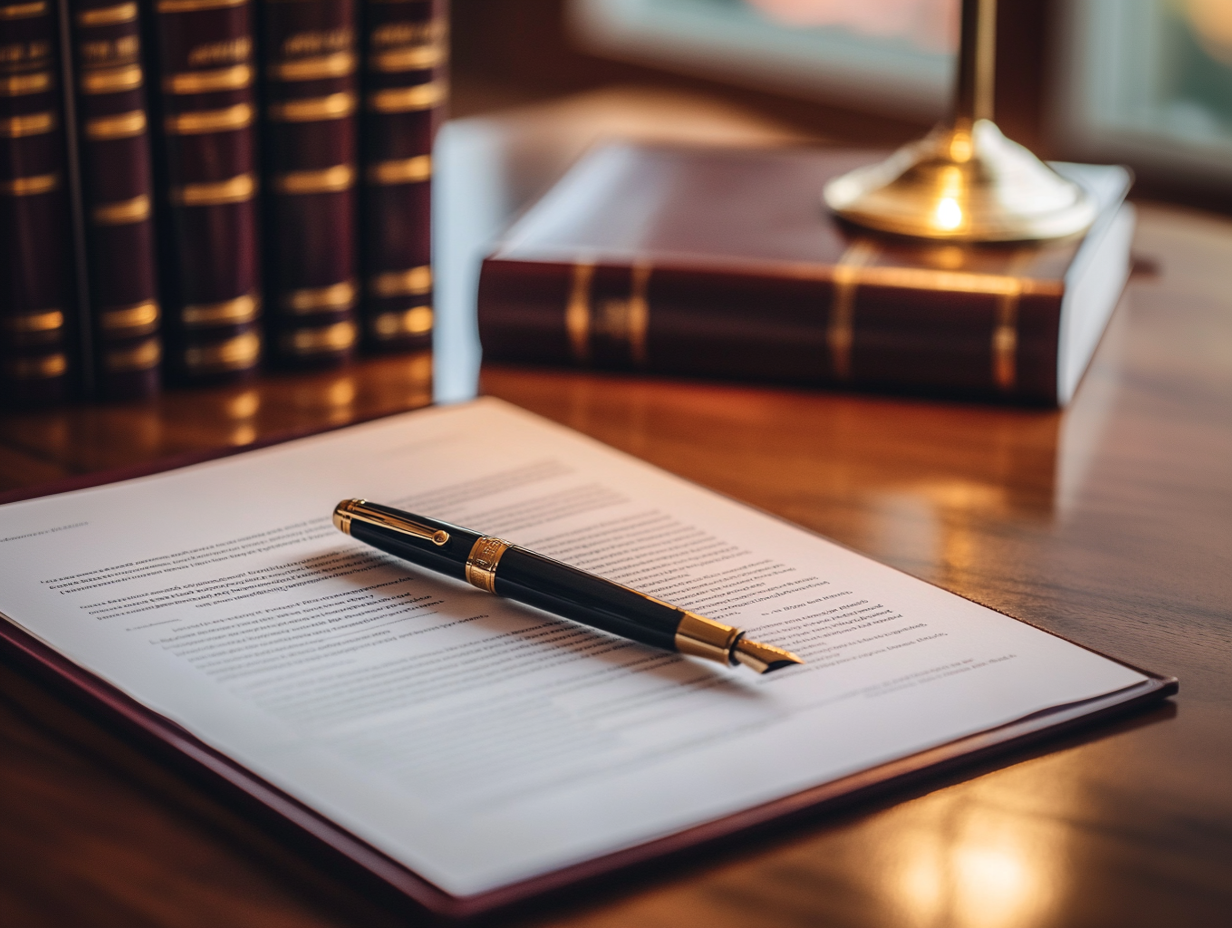
Articles

Practical Trademark Infringement Cases and Solutions: Experience of Moldova and the EU
Below are real-world scenarios from intellectual property practice, relevant both for e-commerce and offline markets. The material is aimed at brand owners, marketers, investors, and in-house lawyers seeking effective trademark protection.
1) Competitor uses a similar sign (risk of confusion)
Situation: a brand with a similar name or logo appears on the market, causing consumer confusion, decreased loyalty, and sales losses.
Actions: collect evidence (photos, dated screenshots of websites/social media, test purchases, client reviews). Legal assessment: visual, phonetic, semantic similarity, Nice classes, audience, sales channels. Send a cease & desist letter demanding to stop use, withdraw ads and packaging, surrender stock, and compensate damages. Escalation: opposition at AGEPI/EUIPO, court injunction, damages, administrative measures. Settlement possible with rebranding and penalties. Prevention: regular monitoring of filings and market.
2) Online sales under your brand (marketplaces and social media)
Situation: dishonest sellers use your mark to sell counterfeits or low-quality goods.
Tools: complaints to marketplaces (e.g., Amazon Brand Registry), DMCA takedowns for copied content, claims to sellers or payment processors. For systemic cases — court or criminal action. Tip: open an official store or verified account to strengthen complaints.
3) Counterfeit goods offline and at the border
Situation: counterfeit goods flood the market, often imported across borders.
Solutions: record the trademark in the Customs IP Register, joint raids with customs and police, administrative and criminal actions. Prepare documentation with genuine samples for quick checks.
4) Cybersquatting and domains
Situation: a domain containing your brand is registered by third parties for phishing or resale.
Solutions: UDRP/URS for top-level domains, local procedures for national domains, complaints to hosting providers. Prevention: register domain variations and monitor.
5) Advertising with your trademark (keywords, hashtags, SEO)
Situation: competitors bid on your brand in ads or use it in SEO to divert traffic.
Solutions: distinguish legitimate nominative use from infringement, complaints to ad platforms, unfair competition lawsuits.
6) Brand “capture” by partner or distributor
Situation: a partner registers your trademark or domain in their region.
Solutions: review contracts, contest registration as bad faith, demand transfer, litigation, update contracts (licenses, quality control, ban derivative registrations).
7) Parallel imports (grey market)
Situation: genuine products sold outside official distribution channels, undercutting prices and harming brand strategy.
Solutions: analyze exhaustion of rights regime (regional in EU, national locally), block imports, customs actions, strengthen distribution with labeling, contract sanctions, serial numbers.
8) Influencers and agencies using your mark without permission
Situation: brand used in promotions without contract, creating false impression of partnership.
Solutions: send takedown demands, sue for unfair competition/misleading advertising, draft brand use guidelines and license clauses.
9) “Aggressive” registration of similar trademark
Situation: competitor files a similar trademark application.
Solutions: file timely opposition, challenge registration, negotiate coexistence if needed.
10) Risks of “losing” your own trademark
Situation: cancellation for non-use, becoming descriptive, issues with chain of rights.
Solutions: active use, record evidence, keep rights updated, renew filings, use ®/© marks.
Protection tools matrix
| Objective | Tool |
|---|---|
| Remove goods quickly | Complaint to platform/ad system |
| Urgently stop sales | Injunction & court action |
| Block imports | Customs IP Register & notices |
| Recover domain | UDRP or local procedure |
| Cancel competitor’s mark | Opposition/challenge |
| Claim damages | Civil lawsuit |
Cease & desist letter must include
- Owner details & registration certificates;
- Description of infringement with evidence;
- Demands (stop, remove, compensate);
- Warning of escalation;
- Settlement options (rebranding, penalties).
Common mistakes by trademark owners
- Late registration → refusals and disputes.
- Narrow Nice classes → limited protection.
- No brand use policy.
- Passivity → no monitoring or audits.
- No customs protection → counterfeit import risk.
Conclusions for Moldova and the EU
In Moldova and the EU, registering a trademark at AGEPI or EUIPO is only the first step. Effective protection requires legal assessment, monitoring, administrative and judicial actions, and cooperation with customs and authorities. The earlier protection starts, the cheaper and more effective it is.
If your business faces trademark infringement, our IP & e-commerce lawyers can help you build a long-term protection strategy in Moldova and the EU.

Useful articles
Copyright in Images: How to Transfer Rights and Avoid Infringements
Image copyright transfer requires written contracts (assignment, license, commission). Mistakes lead to disputes and fines. Stricter rules apply.
Copyright in AI-Generated Content: Key Legal Features
AI-generated content is protected by copyright only with human contribution. In Moldova and the EU, fully AI content is public domain.
Liability of Online Platforms for Copyright Infringement and the Role of Takedowns
Online platforms in Moldova and the EU are liable for copyright violations and must apply takedowns. Liability includes civil, administrative, and criminal measures.
Leave a request
